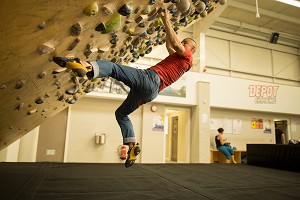
Isabel Berg is a REPs Level 3 Personal Trainer who currently runs her own PT business. Here she goes over the differences between dynamic and static stretching, and gives some advice of how to prevent and reduce classic climber issues.
As a qualified PT I have often seen people in the gym injure themselves, or put themselves in great danger of doing so, simply because they have not warmed up before exercising. It is always important to warm up, no matter how light or heavy your session may be. There are two types of stretching, dynamic and static. Dynamic stretching should be done before the work-out, and static stretching after. I have seen many people start with the static stretching, and that can actually compromise the entire work-out. What is the difference, then, between dynamic and static stretching, and why is it important to do them in the right order?
Dynamic stretching (stretching with movement) lubricates the joints in your body, enhances movement, and therefore reduces the chance of injuries. These stretches should be incorporated in the warm-up and do not need to take longer than 15-20 seconds each. This is still only a part of the warm-up and shouldn't be considered as a substitute for a full warm-up, which needs to include pulse-raising exercises prior to the work-out.
Stretches that benefit climbers the most as a warm-up are any for your shoulders and arms as you put a lot of strain on them when climbing, so want them fully activated. A shoulder stretch to aid this is to stand upright with your arms straight in front of you. Keeping your arms straight, move one arm straight upwards next to your head and reach as high as you can while moving the other hand straight downwards reaching as low as you can. Keep alternating without pausing.
Static stretching is for muscle recovery and flexibility, and is performed without movement of the joints. These stretches should be held for either 20-30 seconds for recovery, or 30-40 seconds to improve range of motion. Static stretches relax the muscles for up to two hours, and are therefore not recommended before a work-out as you want your muscles to be active and engaged when exercising.
Stretches for your chest, and again your arms and shoulders are important for climbers post-work out. Your chest tightens up a lot from climbing and to avoid it staying that way afterwards it's necessary to relax and recover. An alternative static shoulder stretch would be to hold one arm straight across your chest and gently push it as close to your body as possible with the other hand and hold it, repeating with the other arm.
Of course all climbers know the pain of over-pumped or strained forearms, so here are both static and dynamic ways of making sure they're warmed up and ready for your session:
To dynamically get your forearms working, use a stress ball or something similar. With a stress ball in each hand, hold your arms out at a 90° angle with your palms facing each other and squeeze the ball gently, release and repeat.
Statically, hold one arm out straight in front of you with the palm of your hand facing up, flex your hand so that your fingers point downwards, gently pull the fingers straight back with your other hand and hold it. To stretch the top of your forearm do the exact same thing again but starting with your palm facing down. These are also great stretches for anyone who spends long hours working on a computer.
Below are some more examples of stretches that benefit the entire body, not just the muscles you use the most during your climbing session.

Lunge: Start standing upright and lunge forward, dip your back knee down towards the floor but without touching it and then press up with your front leg back to starting position.
Thoracic rotation: Stand upright and with your arms at shoulder height in front of you. Turn your upper body sideways and make sure your hips do not turn as well. Move back to starting position and repeat to the other side.
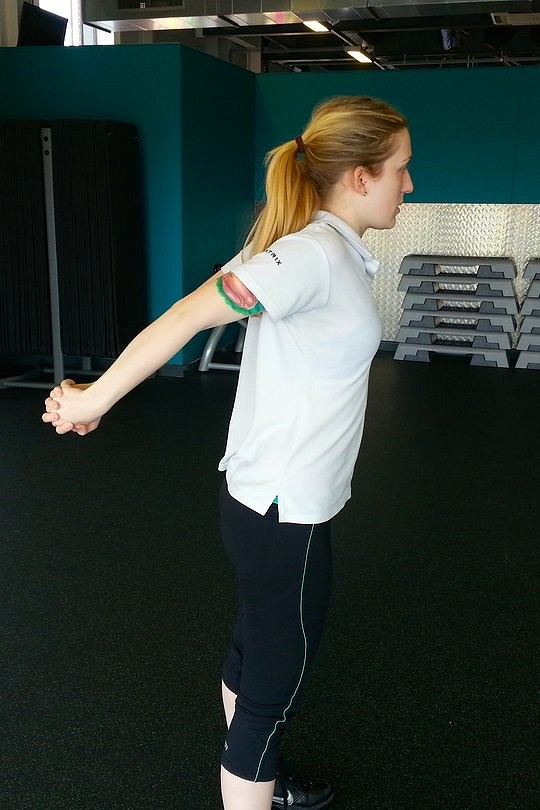
Chest: Stand upright and lock your hands behind you. Keep your arms straight and raise your hands as high as you can behind you.
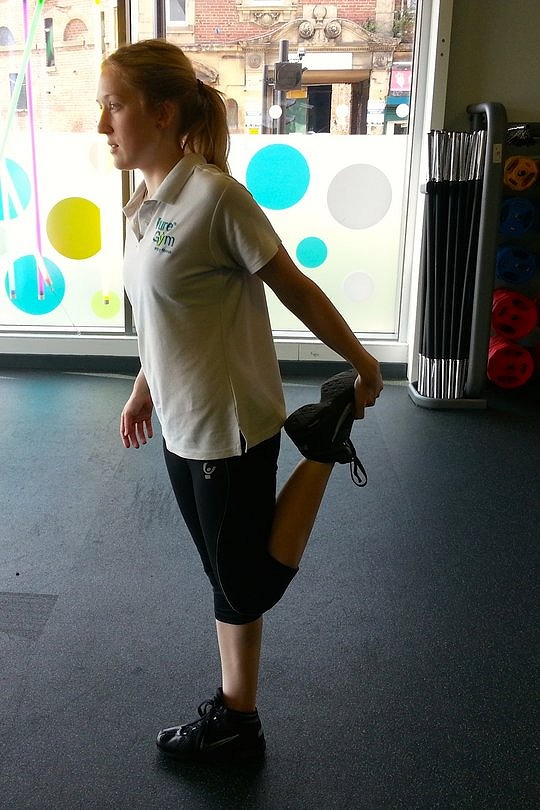
Front of Thigh: Standing upright, pull one foot up behind you and push your hips forward. You may hold onto something stable with your free hand to keep your balance.
Find out more about Isabel Berg Personal Training at IsabelBerg.com

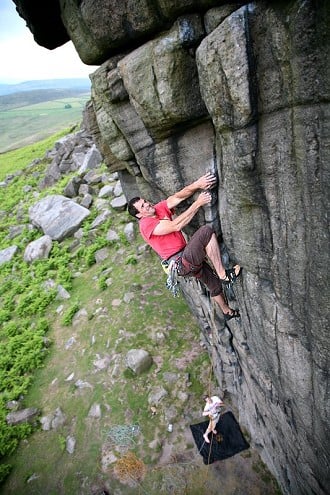

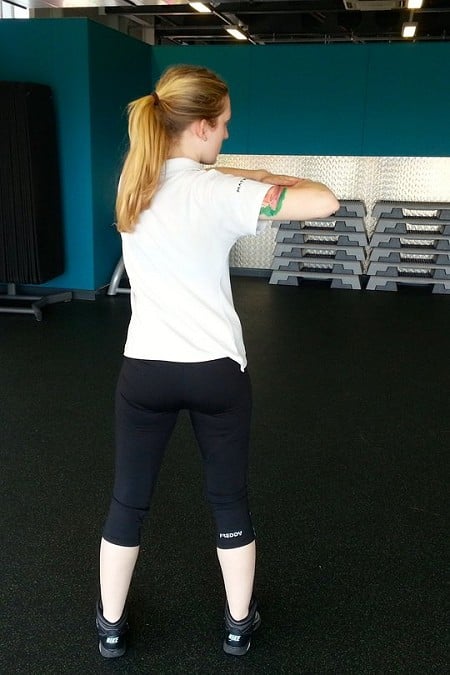
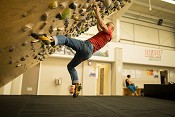








Comments